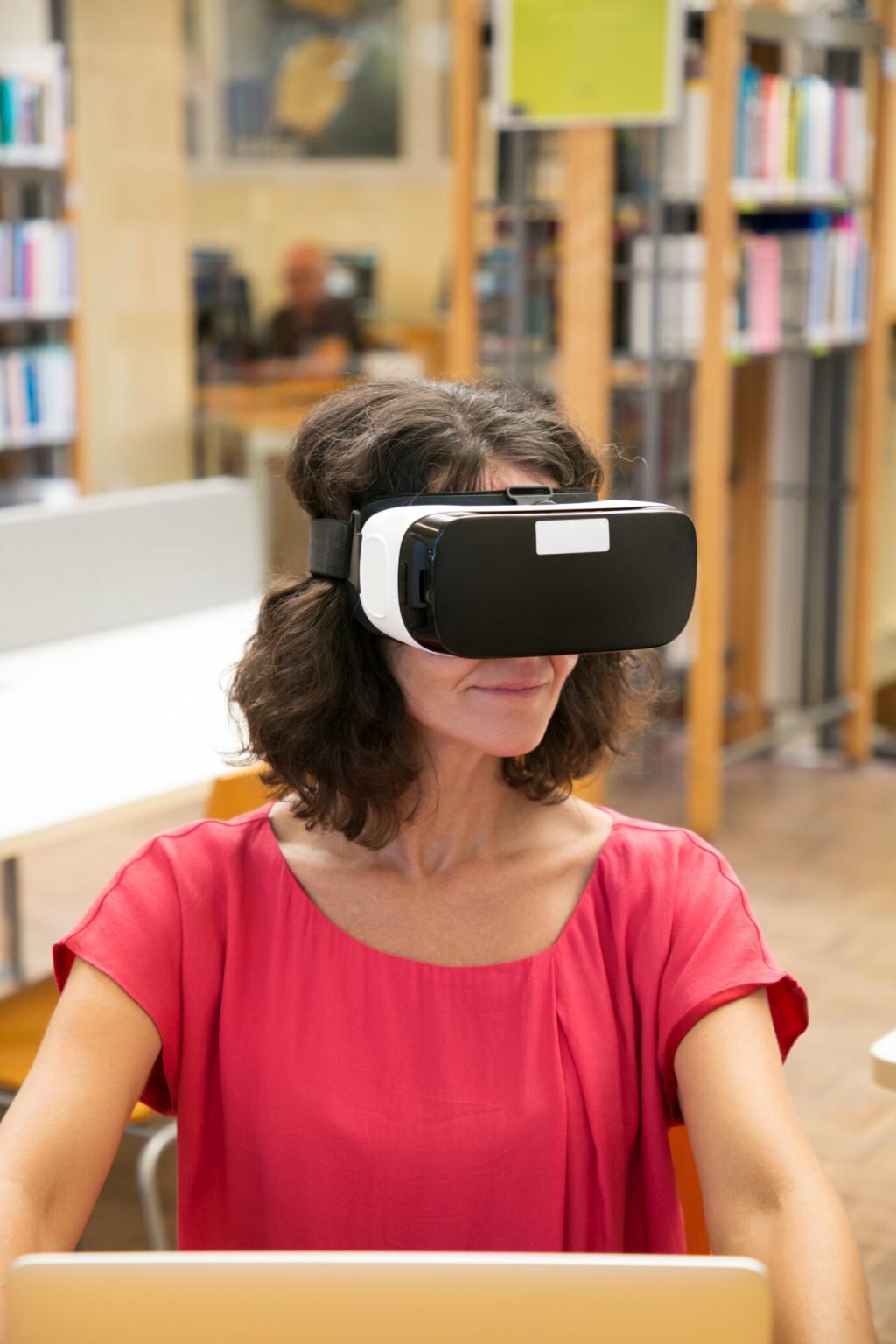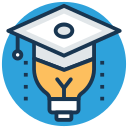This website uses cookies so that we can provide you with the best user experience possible. Cookie information is stored in your browser and performs functions such as recognising you when you return to our website and helping our team to understand which sections of the website you find most interesting and useful.

Advancements and Innovations in Virtual Reality for Education
Virtual reality (VR) has rapidly evolved from a futuristic novelty to a transformative force in the realm of education. Through immersive environments and experiential learning opportunities, VR is reshaping the way knowledge is delivered and absorbed across all academic levels. As technology continues to progress, new applications and methodologies using VR are emerging, fostering deeper engagement and retention among students. Institutions and educators are leveraging these advancements to enhance traditional pedagogies, create more inclusive classrooms, and bridge gaps in experiential learning. This page explores some of the most significant developments and innovative implementations of virtual reality in education, highlighting their impact, challenges, and future potential.
Immersive Learning Environments
Virtual Field Trips

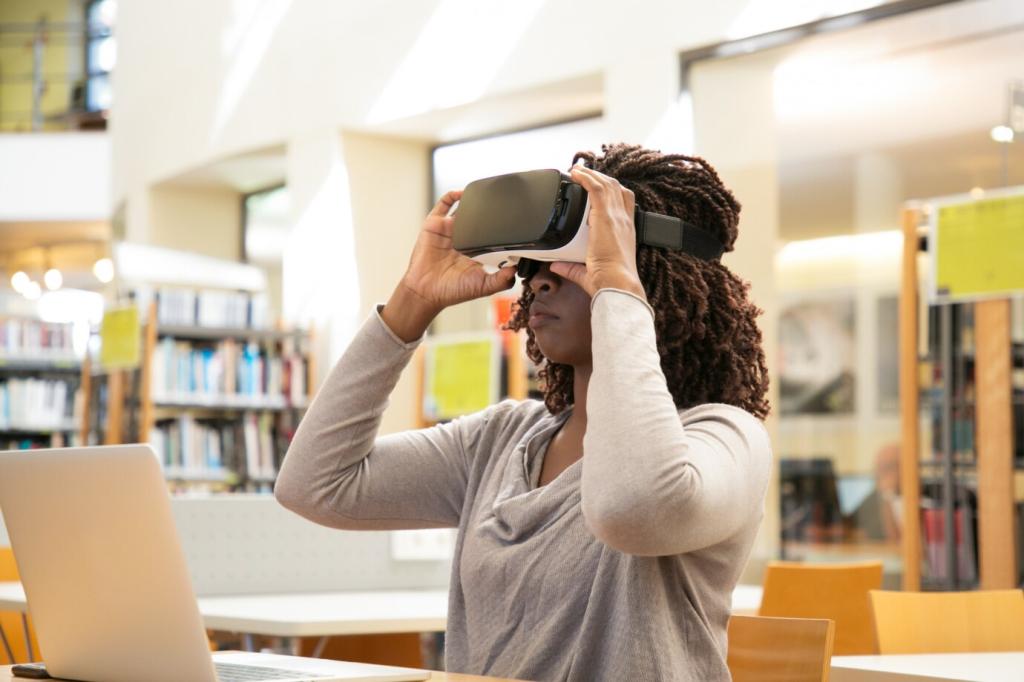
Science Simulations
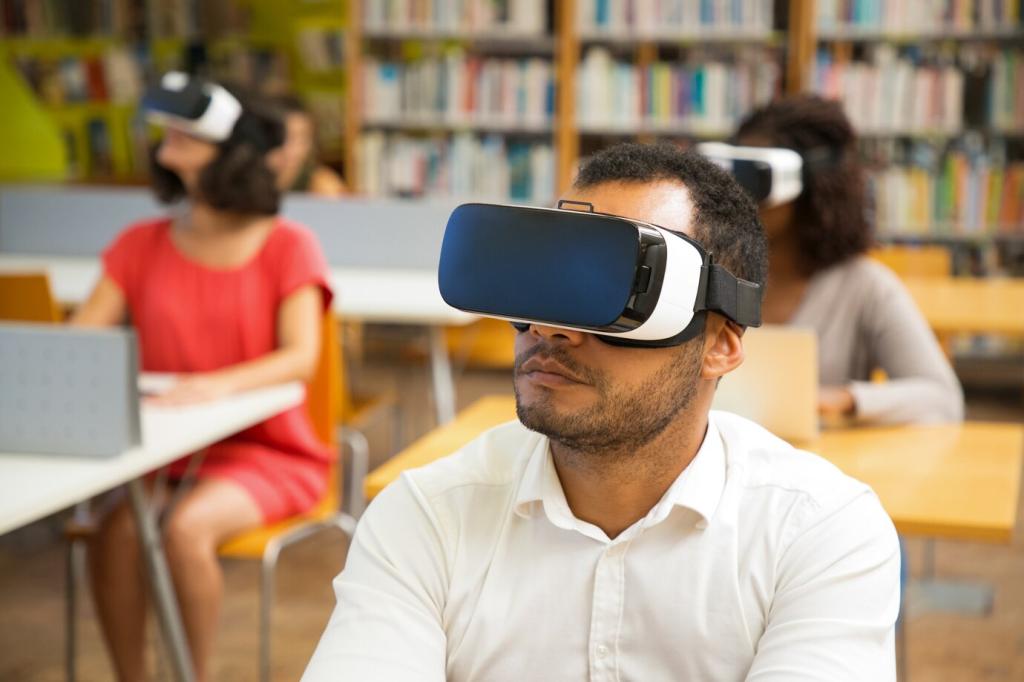
Personalized Learning Experiences
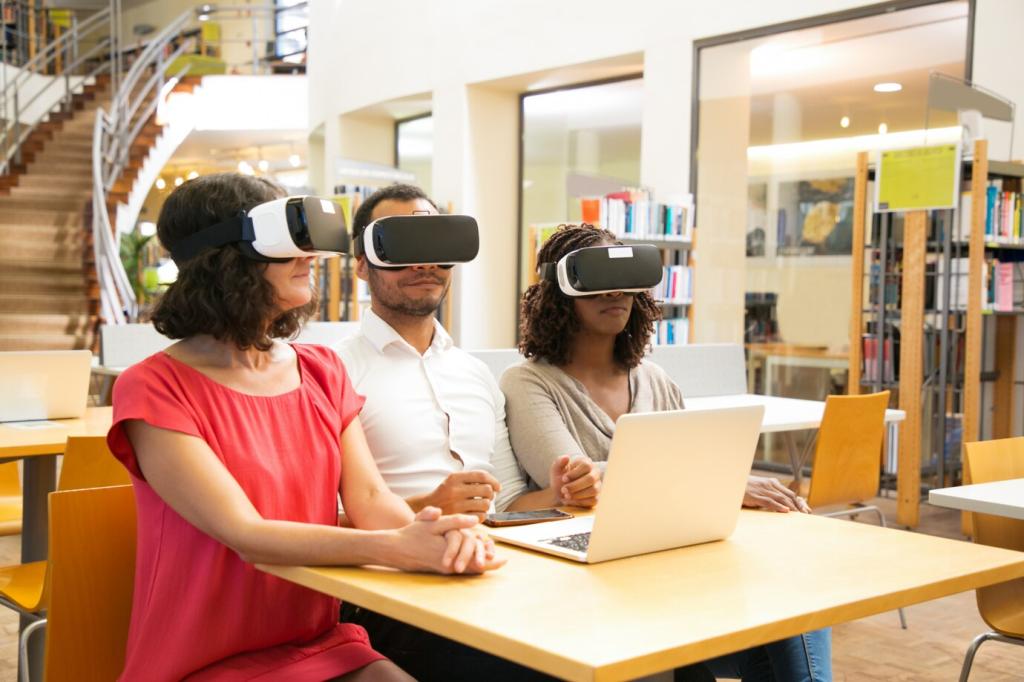
Inclusive and Accessible Education
Multisensory Learning Approaches
Language Support and Translation Tools
Customizable Accessibility Settings
Bridging Theory and Practice
Medical Training Simulations
Engineering and Technical Skills
Business and Soft Skill Scenarios
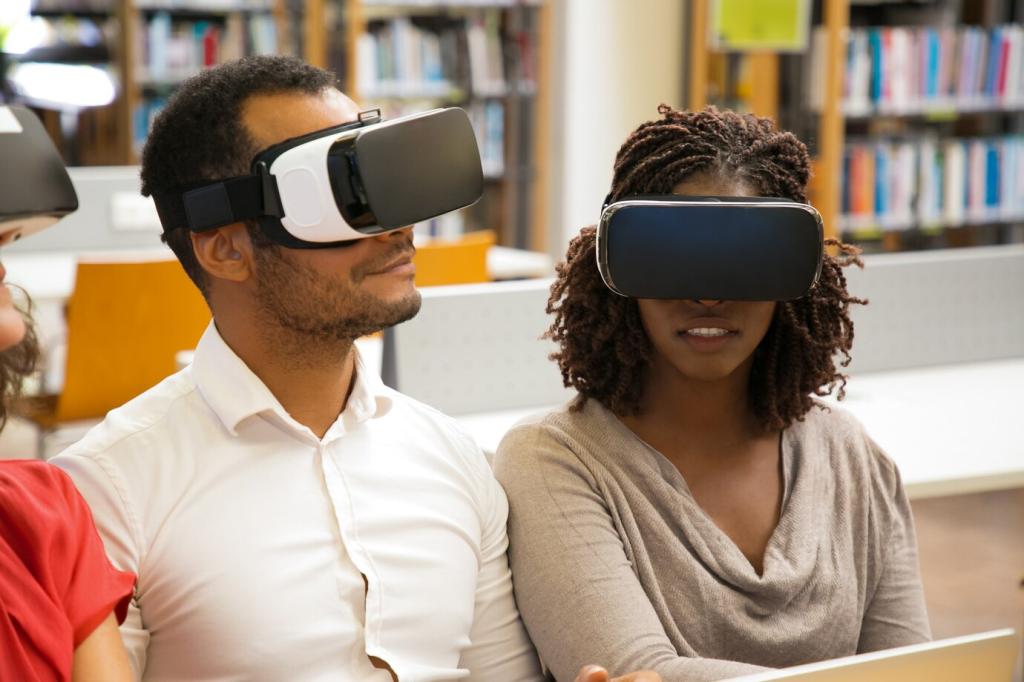
Educational Quest Design
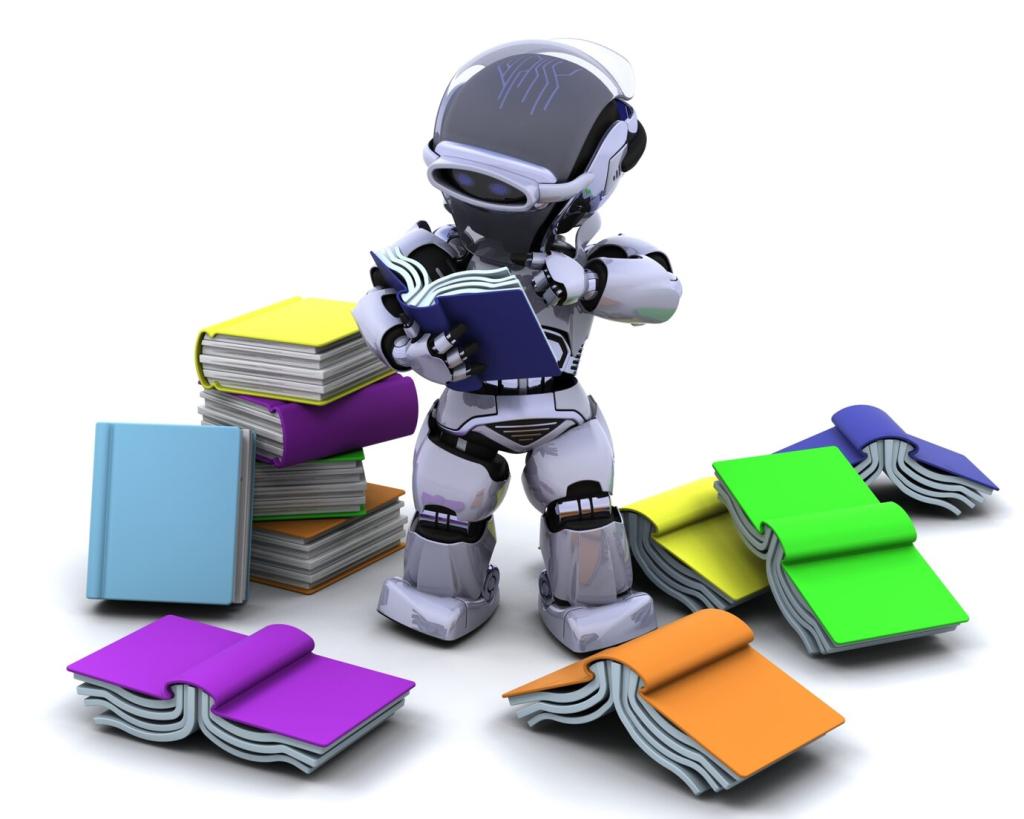
Progression & Achievement Systems
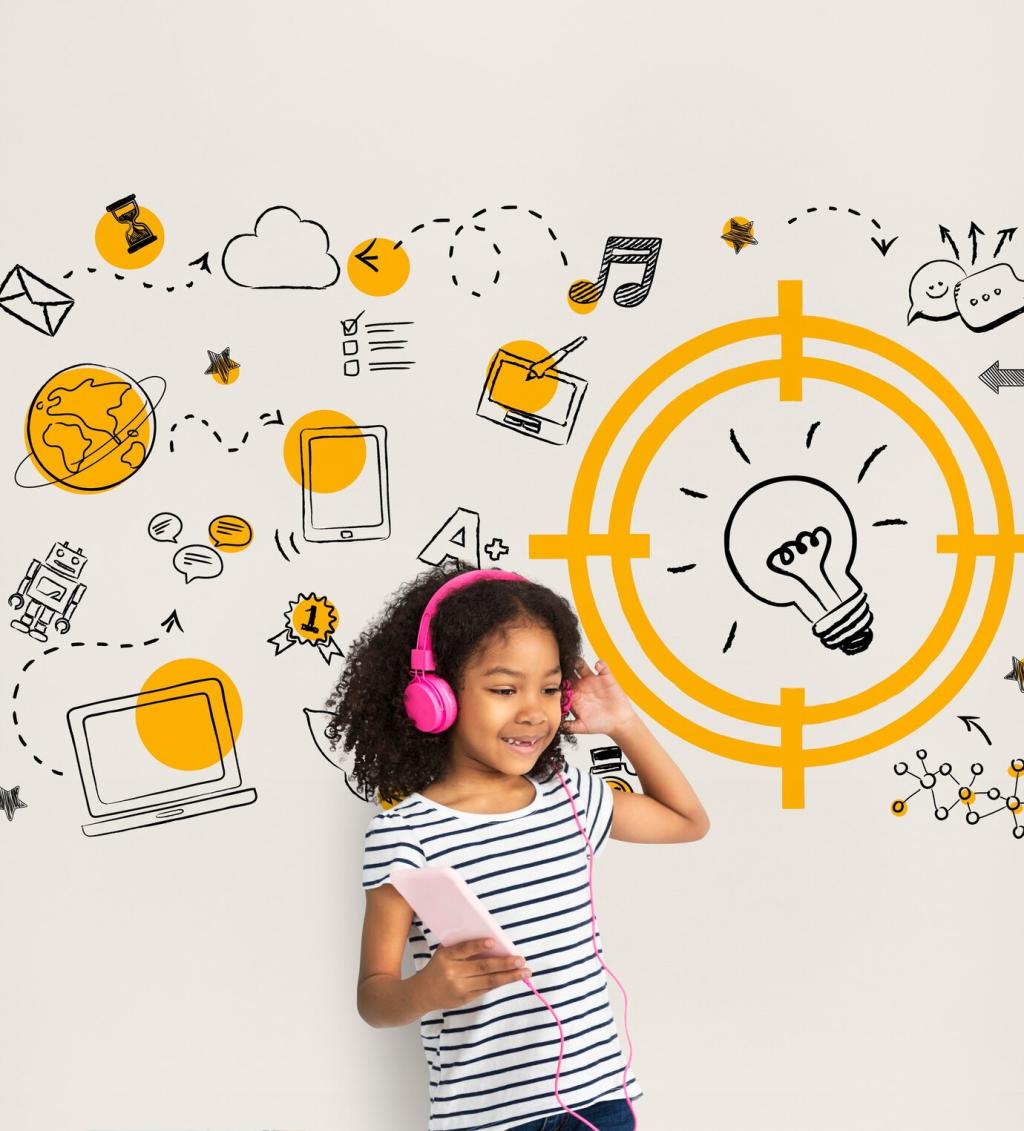
Competitive and Cooperative Games
Scalability and Global Access
